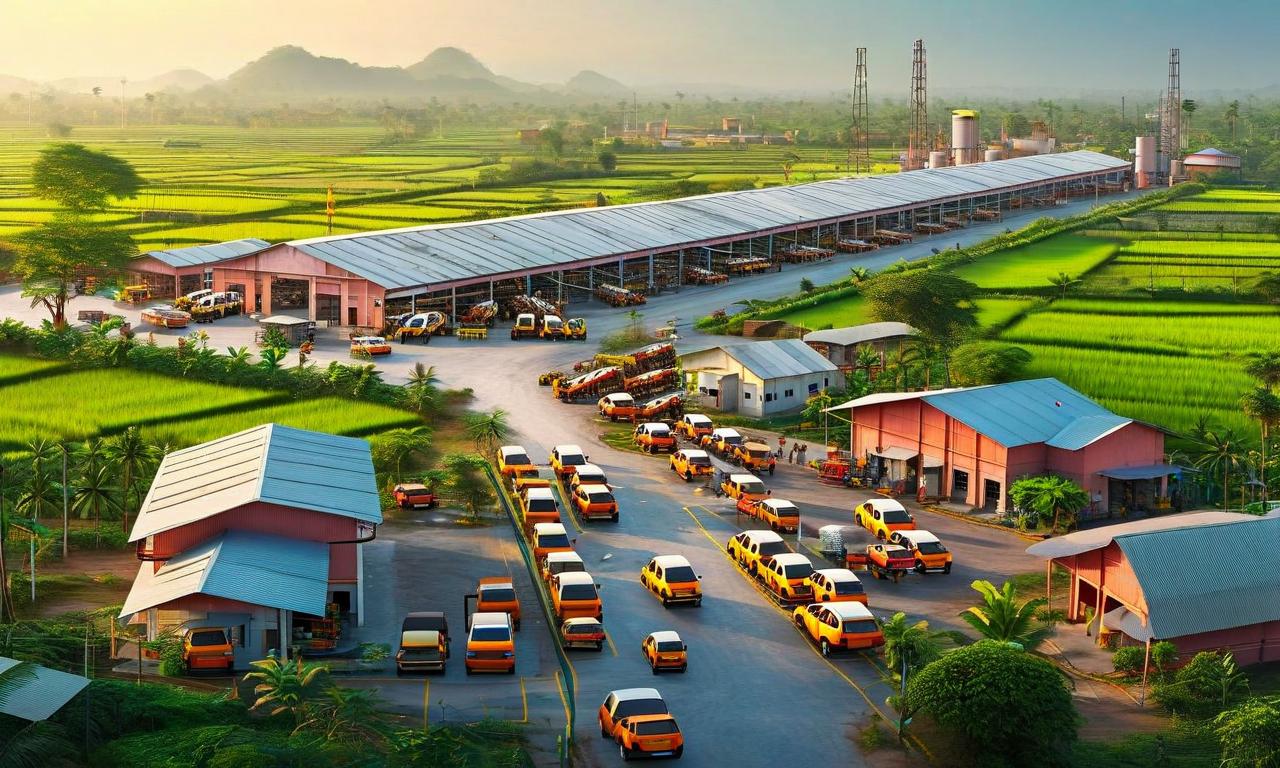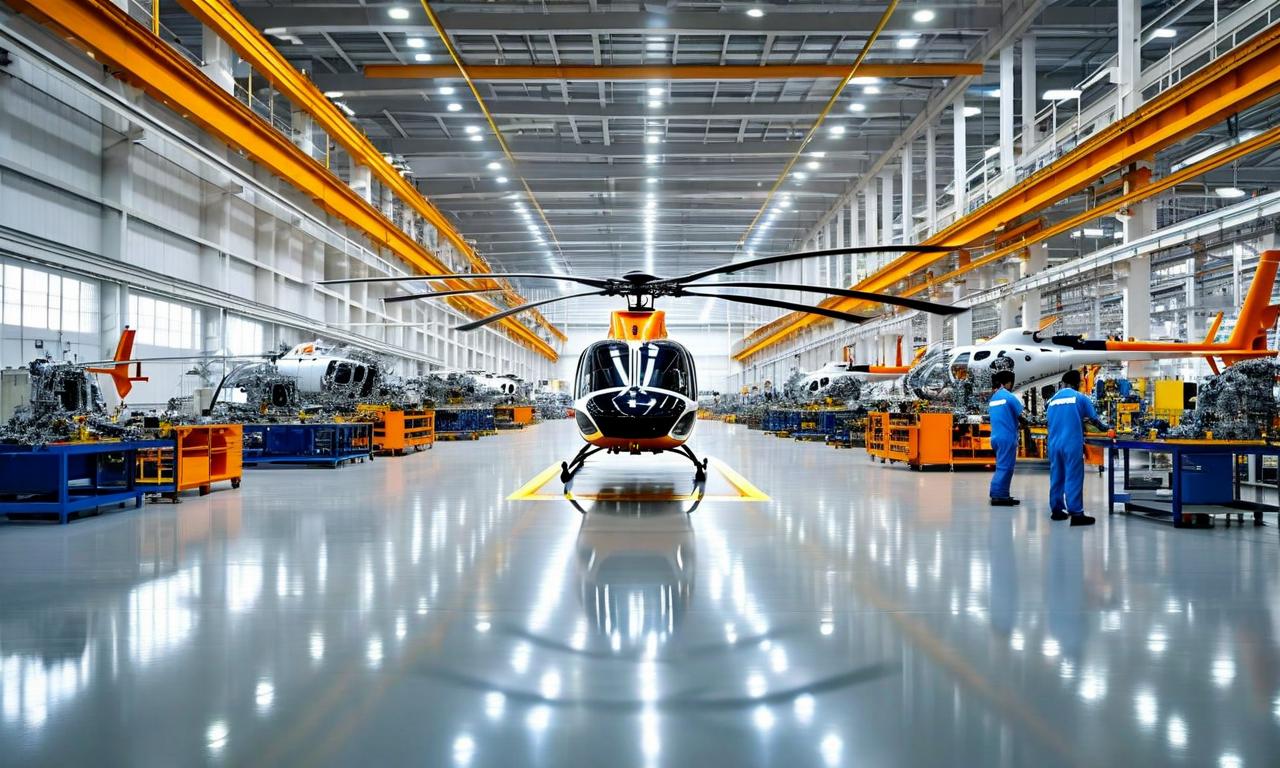Ratan Tata's Rs 1 Lakh Car Vision: Strategic Choices and Political Challenges in Singur
Former Tata associate Niira Radia revealed details about Ratan Tata's vision for the Rs 1 lakh car project, which became the Tata Nano. The project initially shocked Tata's team. Singur, West Bengal, was chosen as the manufacturing site to stimulate industrial growth and for political reasons. However, the project faced land acquisition issues and political opposition, leading to its relocation to Sanand, Gujarat. Radia noted that Tata believed the Singur project could have transformed the region, similar to Sanand's current development.

*this image is generated using AI for illustrative purposes only.
In a revealing insight into one of India's most ambitious automotive projects, former Tata associate Niira Radia has shed light on Ratan Tata's vision for the Rs 1 lakh car and the strategic decisions that shaped its journey.
The Vision That Shocked
Ratan Tata's audacious plan to create a car priced at just Rs 1 lakh initially sent shockwaves through his team. This visionary project, which would later materialize as the Tata Nano, was unveiled in 2008 and quickly gained global recognition as the 'people's car'.
Strategic Location Choice
The selection of Singur, West Bengal, as the manufacturing site for the Nano was a calculated move by Tata. The decision was driven by two key factors:
- Economic Revival: To stimulate industrial growth in the economically stagnant region.
- Political Significance: The area was represented by opposition leader Rabindranath Bhattacharya.
The Singur Controversy
Despite the strategic intent, the Singur project faced significant challenges:
- Land Acquisition Issues: Farmers accused the Tata Group of unfairly acquiring their land.
- Political Opposition: The protests gained momentum with support from politician Mamata Banerjee.
- Project Relocation: Escalating protests forced Tata Group to withdraw from Singur in 2008.
The Move to Sanand
Following the Singur setback, Tata Group relocated the Nano manufacturing operations to Sanand, Gujarat. Radia noted that Tata believed the Singur project could have transformed the Kolkata-Singur corridor, similar to how Sanand has now developed into a thriving manufacturing hub.
Lessons from the Nano Project
The Tata Nano project offers valuable insights into the complexities of large-scale industrial ventures in India:
| Aspect | Lesson |
|---|---|
| Vision | Bold ideas can challenge and inspire teams |
| Location Strategy | Site selection can have economic and political implications |
| Stakeholder Management | Addressing local concerns is crucial for project success |
| Adaptability | Flexibility in relocating can salvage projects facing local opposition |
| Long-term Impact | Industrial projects can significantly influence regional development |
This episode in Indian corporate history underscores the intricate balance between visionary business goals, political realities, and social responsibilities that major industrial projects must navigate.
Historical Stock Returns for Tatva Chintan Pharma
| 1 Day | 5 Days | 1 Month | 6 Months | 1 Year | 5 Years |
|---|---|---|---|---|---|
| -2.38% | -3.53% | -12.41% | +46.99% | +58.44% | -39.81% |











































